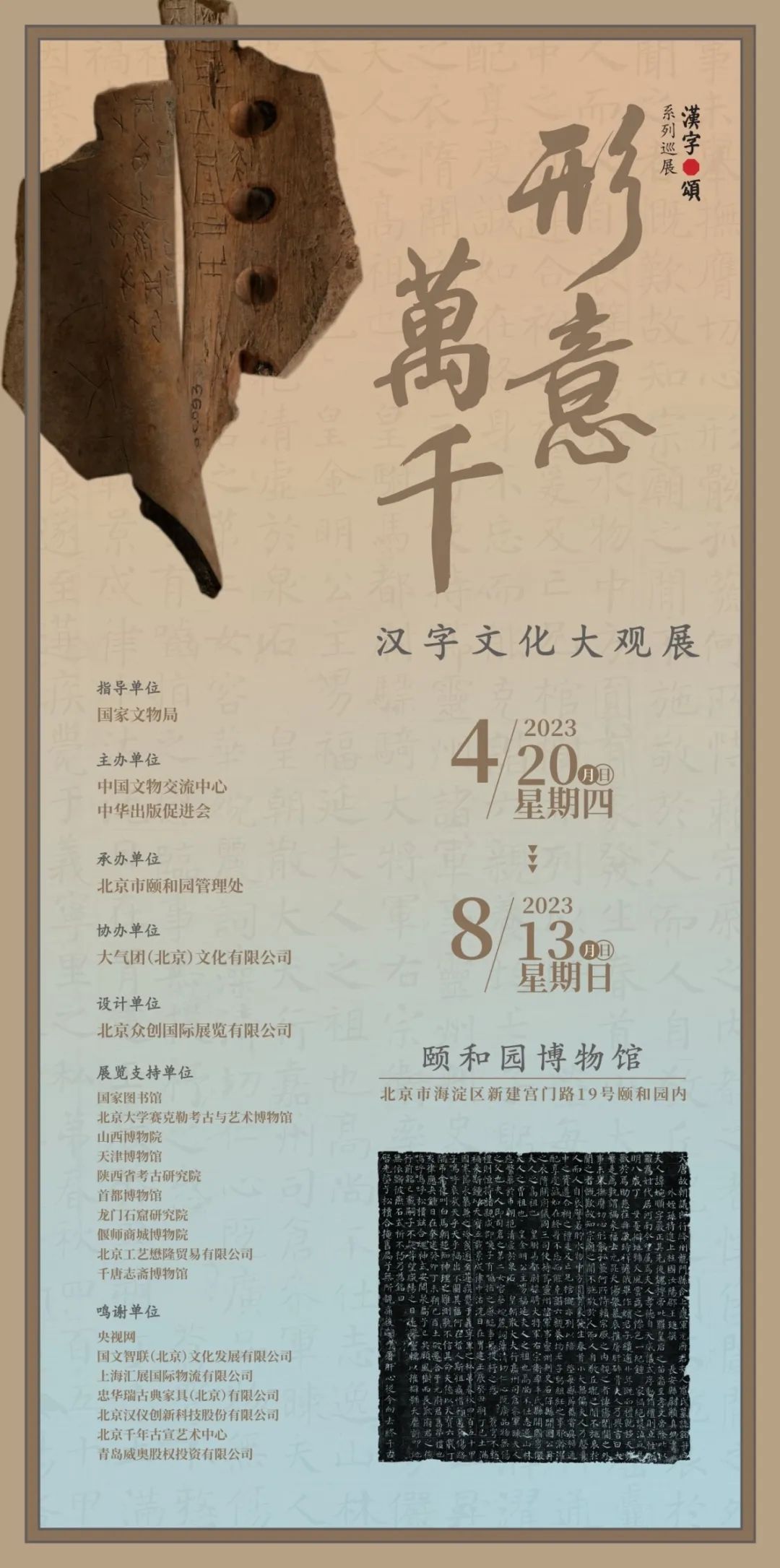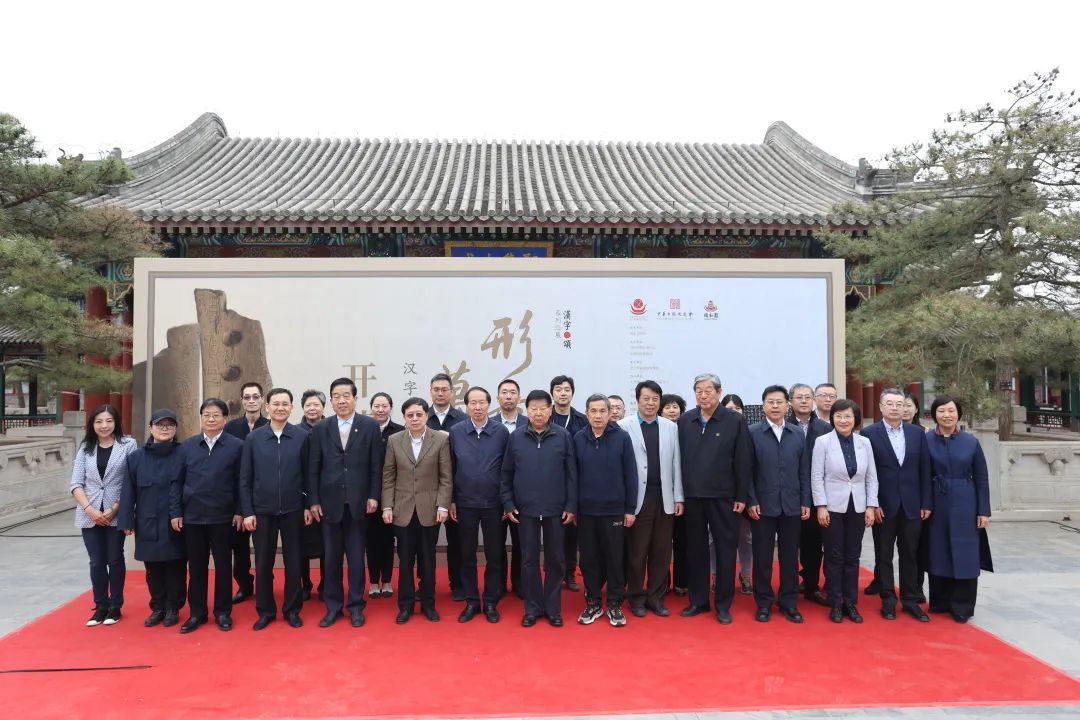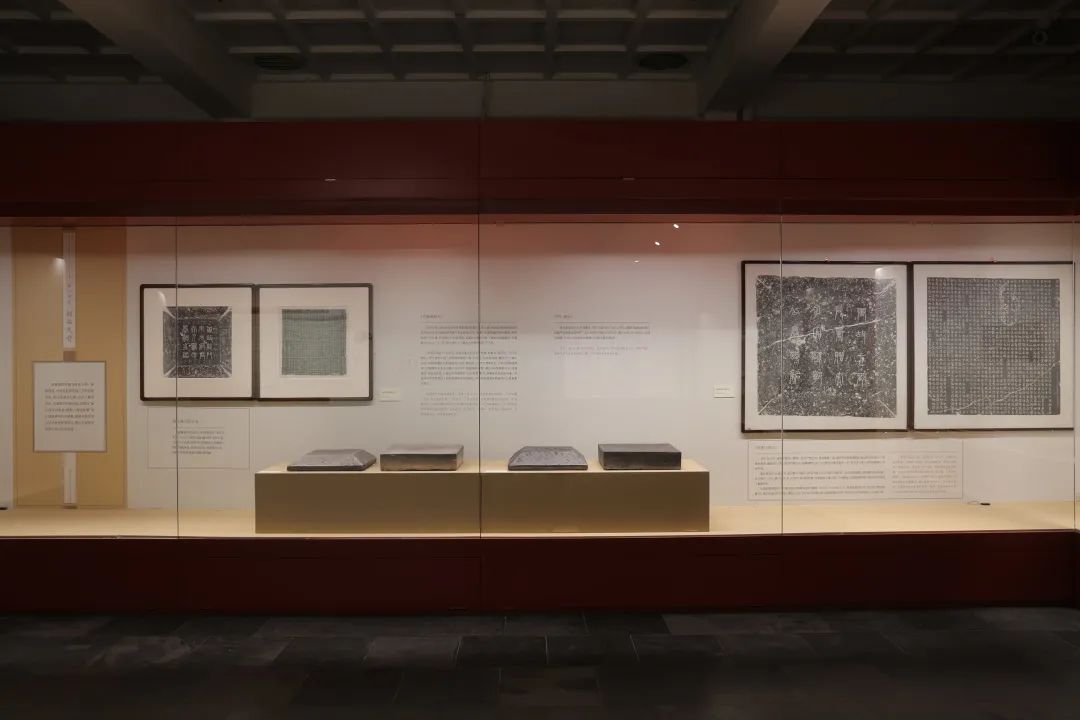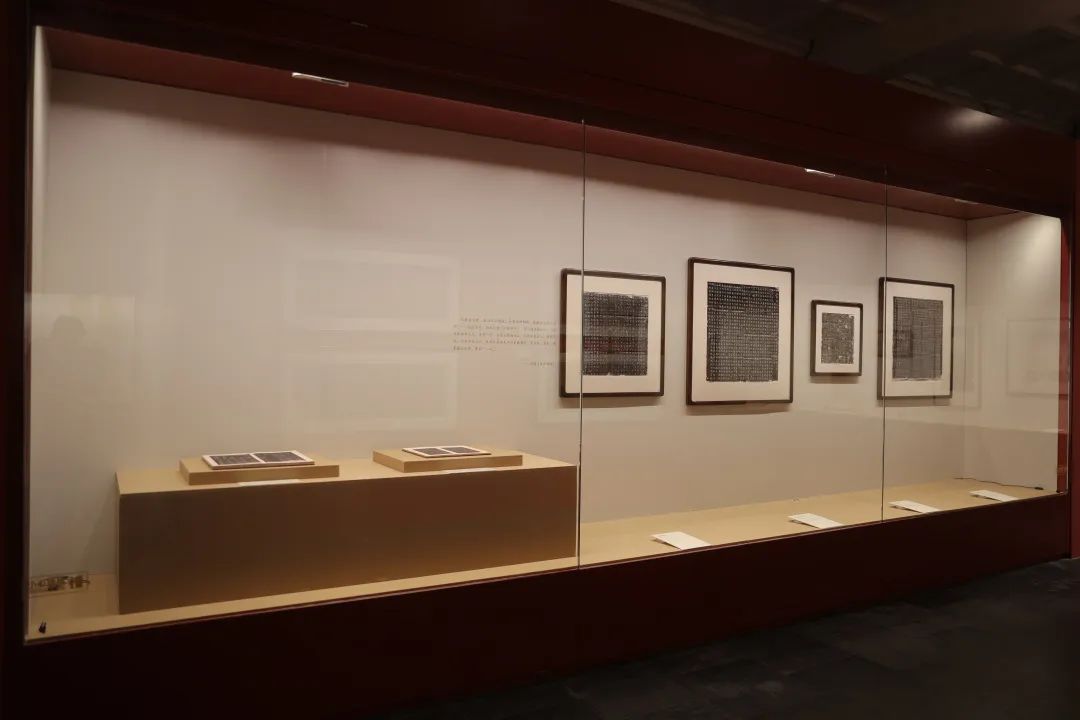
Thousands of Changes in the Form and Meaning--Exhibition of Chinese Character Culture
- 2023.04.20 - 2023.08.13
April 20, Thousands of Changes in the Form and Meaning--Exhibition of Chinese Character Culture hosted by Beijing Summer Palace Administration Office and co-sponsored by AEC and the Chinese Publication Promotion Association under the guidance of National Cultural Heritage Administration was opened in the Summer Palace Museum.
More than 80 leaders and guests attended the opening event, including Zheng Wantong, Vice Chairman of the Eleventh National Committee of the Chinese People’s Political Consultative Conference (CPPCC), Liu Yuju, former Director of the National Cultural Heritage Administration and Chairman of the China Foundation For Cultural Heritage Conservation (CFCHC), Lu Changhua, Deputy Secretary General of the Eleventh and Twelfth National Committee of the CPPCC, Deputy Director of the CCCPC Committee for Liaison with Hong Kong, Macao and Taiwan and Overseas Chinese, Zhang Qiujian, Deputy Secretary General of the Eleventh and Twelfth National Committees of the CPPCC, Deputy Director of the CPPCC Committee of Education, Science, Culture, Health and Sports, Chen Xiqing, former Vice Minister of the United Front Work Department of CCCPC, Qin Zhigang, former Vice Chairman of the China Federation of Literary and Art Circles and Deputy Director of Painting & Calligraphy Department under National Committee of the CPPCC, Xie Bing, Deputy Director and Party member of AEC and Su Shishu, Chairman of the Chinese Association for the Promotion of Publication and Honorary Chairman of the Chinese Calligraphers Association.
Xie Bing pointed out in his speech that with a long history, the Chinese characters represent the wisdom contained in Chinese civilization, and have a rich aesthetic connotation and profound symbolic meaning. The legacy of ancient civilization shines on the ancient pottery pieces; the change of dynasties from the Shang Dynasty (1300-1046 BC) to the Zhou Dynasty (1046-256 BC) is reproduced in inscriptions on oracle bones and ancient bronze objects; the turbulence of the Warring States, the Qin and Han dynasties is interpreted in stone carvings and bamboo slips; the brilliance of the Wei, Jin, Sui and Tang dynasties flows on paper written by brush and ink. In the new era, we must continue to promote these symbols of Chinese civilization, including Chinese characters, to launch more promotion programs about the cultural heritage and actively showcase the achievements of our times. These efforts will enrich people’s lives, and effectively enhance the level of national literacy.
In his address, Su Shishu said that Chinese characters were the carriers of the splendid history, culture and ideology of our civilization, and thus considered as the unique symbols of the Chinese nation. It is necessary to view them from the height of national security, national future and a Community with a Shared Future, so that mounting number of countries can learn the kindness and inclusiveness in Chinese culture through the learning of Chinese characters. Education on the Chinese character culture should be strengthened so that a growing number of people can understand, learn and use Chinese characters. It is necessary to innovate ways to promote them and the Chinese culture and make them part of our daily lives.
Li Xiaoguang, Secretary of the Party Committee and Director of the Summer Palace Administration Office, mentioned in his speech that Chinese characters are the foundation of Chinese civilization, they are of pivotal importance in promoting exchanges and mutual understanding between Chinese and world civilizations and building a community of shared future. The Summer Palace will, as always, adhere to the principle of taking cultural objects and heritage as the basis in the comprehensive exploration of the profound values of them, so as to bring them to live.
The exhibition is divided into three parts: the Origin and Development, the Master Calligraphy and Teachings in the Books, bringing together more than 90 pieces (groups) of cultural heritage exhibits from 11 Chinese cultural and archaeological institutions, including a number of first grade cultural objects, systematically displaying the changes and progress of Chinese characters, the evolution of calligraphy style, the innovation of writing tools, the historical lineage and evolution of the development of Chinese character heritage. Among them, the Epitaph of Luo Wanshun written by Yan Zhenqing (Tang Dynasty) is the only authentic calligraphy from his early years unearthed through scientific archaeological excavation in China. It is also the first time for this calligraphy to be exhibited in the province. The Epitaph of Yan Ren by Zhang Xu (Tang Dynasty) is one of the few master piece of regular script works of Zhang Xu, who is also known as the “Sage of the Cursive Script”.
April 20, 2023 is one of the twenty-four traditional Chinese solar terms, “Gu Yu” (Grain Rain), and the 14th Chinese Language Day at the United Nations. Gu Yu was designated as “UN Chinese Language Day” in 2010 to pay tribute to Cangjie, who is claimed to be the inventor of Chinese characters. The theme of this year’s UN Chinese Language Day is “Chinese Language: Enhancing Exchanges and Mutual Understanding Among Civilizations”. As an important supporting event for the UN Chinese Language Day in 2023, the Exhibition of Chinese Character is of great significance to showcase the charm of Chinese language and enhance the exchange and mutual understanding among civilizations.
The exhibition will be on display at the Summer Palace Museum until August 13.



